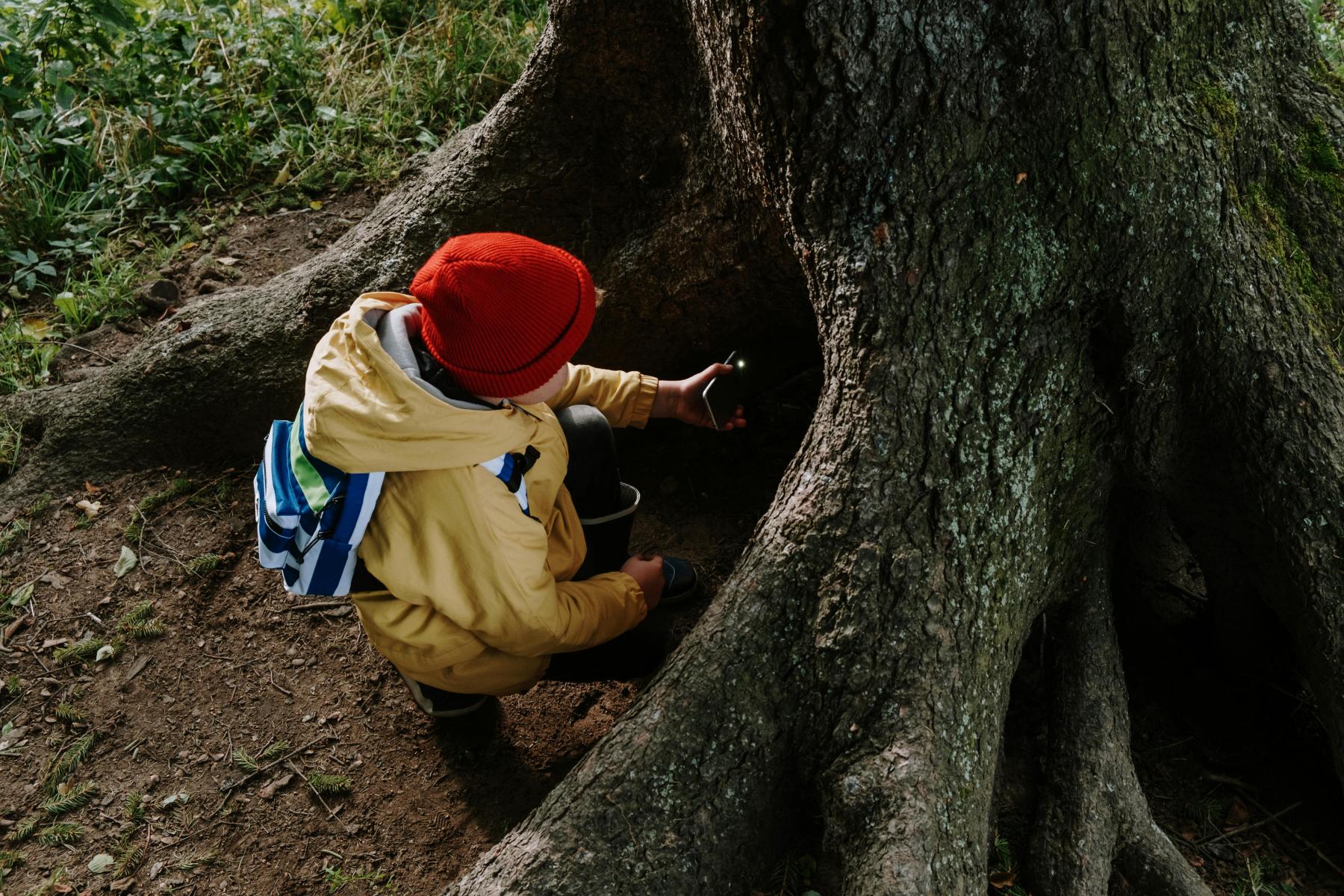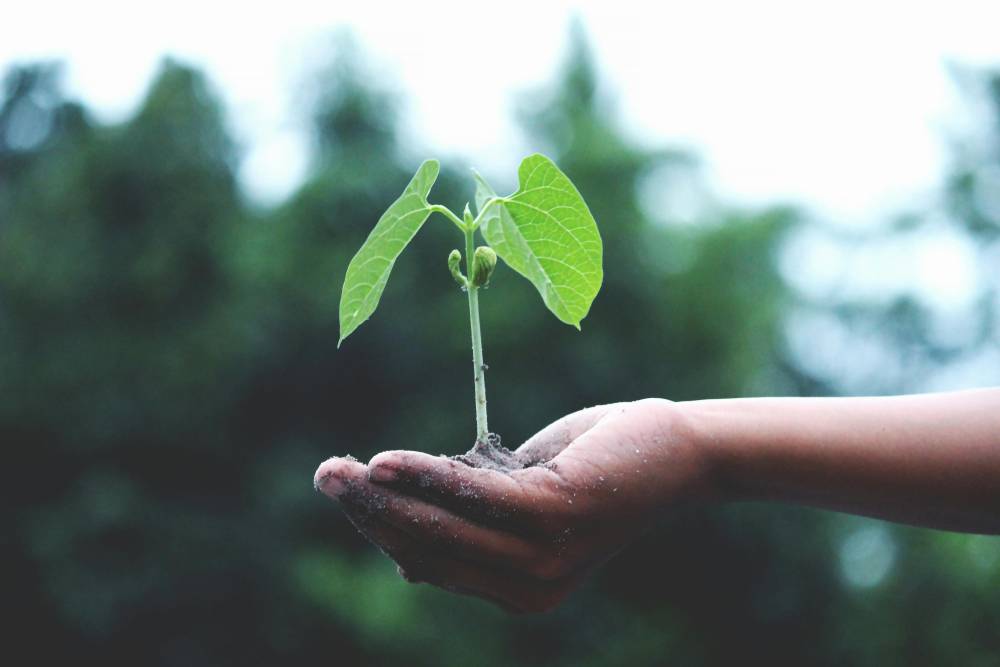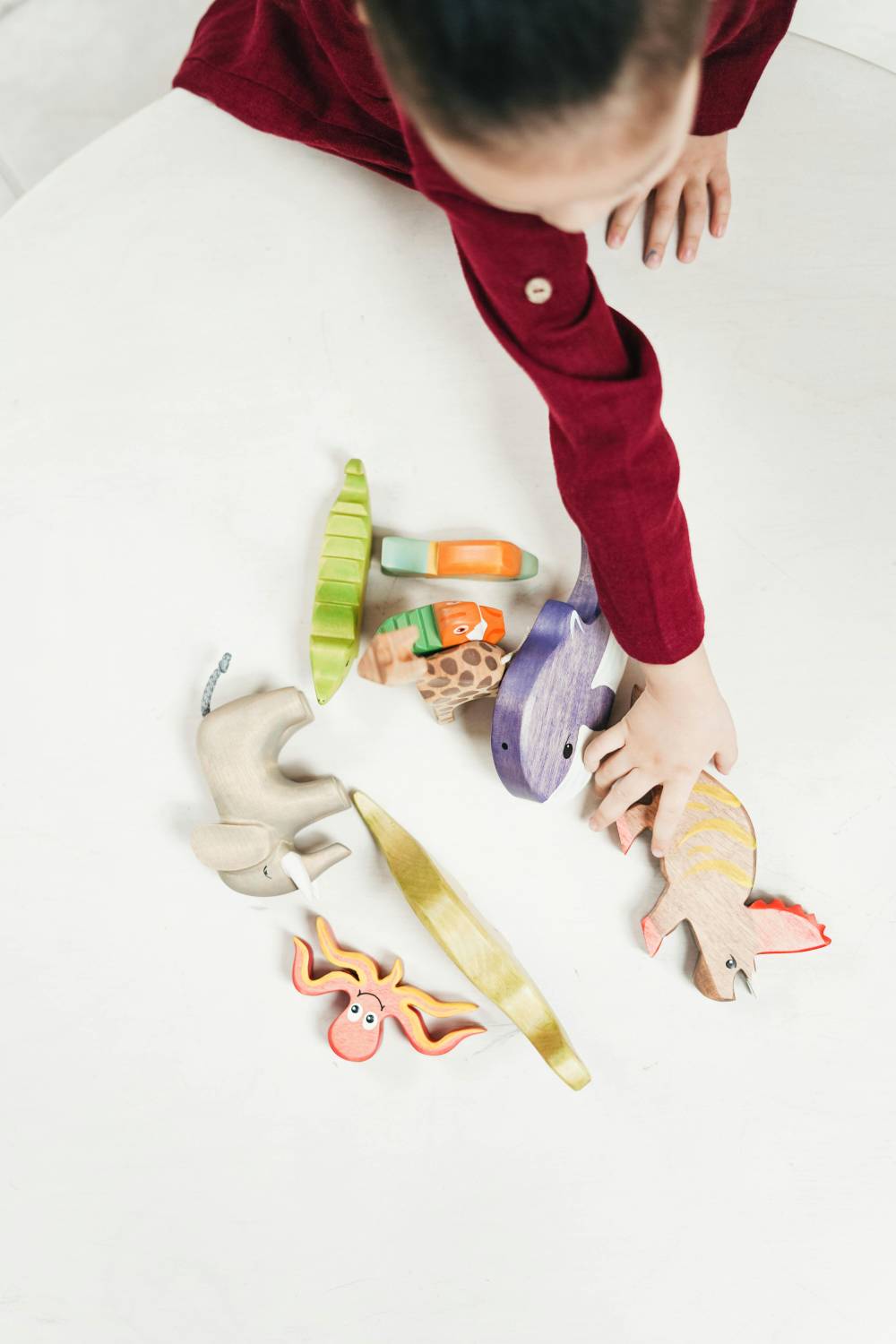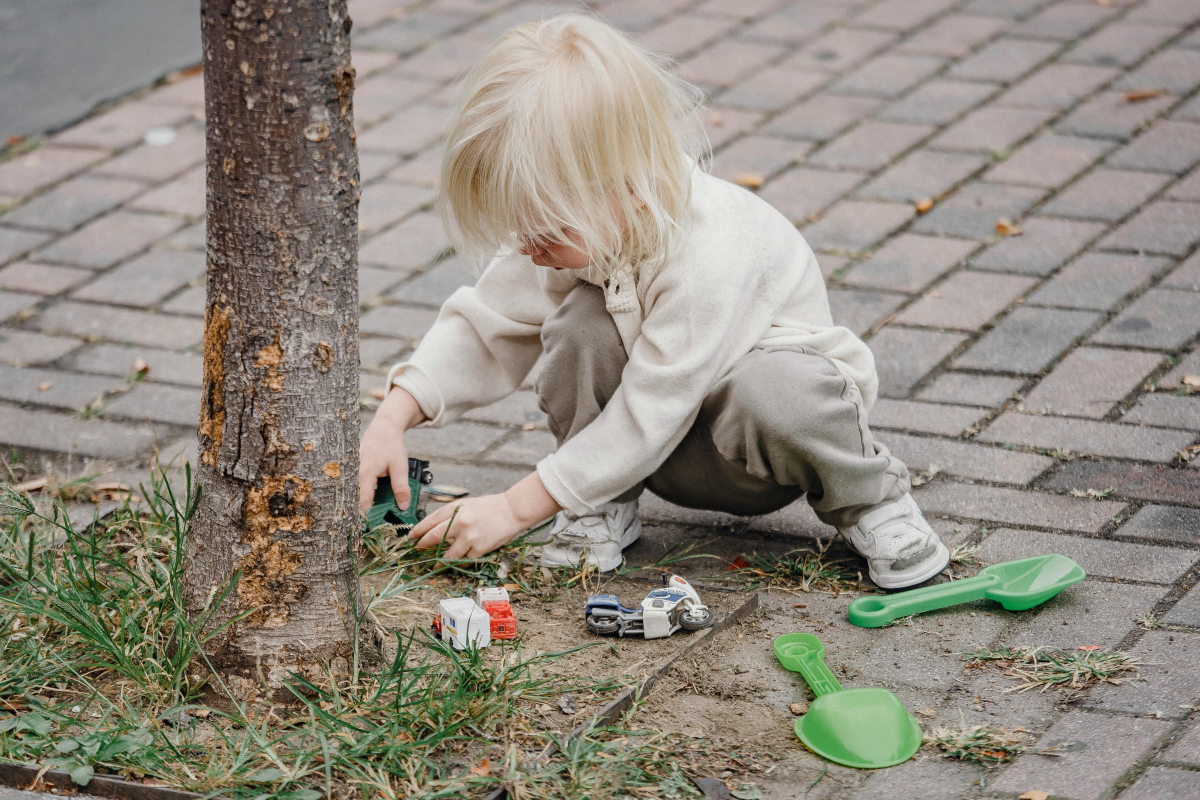Spring is a season of growth, renewal, and exploration, making it the perfect time to take learning outdoors and engage children in hands-on science experiments. With nature coming to life all around us, there's no better classroom than the great outdoors to inspire curiosity and discovery. In this blog post, we'll explore some exciting outdoor experiments that educators can incorporate into their springtime science education curriculum, with a special mention of kidsday, an innovative app that streamlines activity planning and communication between educators and parents.
Experiment 1: Plant Life Cycle Observation
One of the most captivating aspects of spring is witnessing the growth and transformation of plants. Take advantage of this natural phenomenon by setting up a plant life cycle observation station outdoors. Provide children with seeds, pots, soil, and watering cans, and guide them through the process of planting seeds and caring for their plants. Encourage them to observe and document the stages of germination, growth, flowering, and seed production over time.
Experiment 2: Weather Tracking and Measurement
Spring weather can be unpredictable, providing an excellent opportunity for children to learn about weather patterns and measurement. Set up a weather station outdoors with instruments such as thermometers, rain gauges, wind vanes, and anemometers. Encourage children to take daily weather measurements, record their observations, and analyze weather data over time. Discuss concepts such as temperature, precipitation, wind speed, and cloud cover to deepen their understanding of meteorology.
Experiment 3: Insect Habitat Exploration
Springtime brings an abundance of insects and other small creatures emerging from hibernation or laying eggs. Take children on a bug hunt outdoors to explore insect habitats such as under rocks, in flower beds, or on tree bark. Provide magnifying glasses, bug catchers, and field guides to help children identify different insects and observe their behavior. Discuss the importance of insects in ecosystems and their roles as pollinators, decomposers, and food sources for other animals.
Experiment 4: Water Cycle Investigation
Spring showers and melting snow contribute to the water cycle, a fundamental process in Earth's ecosystems. Set up a water cycle investigation station outdoors to demonstrate evaporation, condensation, and precipitation. Fill containers with water and place them in different locations to observe changes in water levels over time. Discuss how sunlight, temperature, and weather conditions affect the water cycle, and encourage children to create diagrams or models to illustrate their observations.
Introducing kidsday: Streamlining Springtime Activities
Planning and organizing outdoor experiments and activities can be made easier with the help of kidsday, an innovative app designed to facilitate communication between educators and parents. With kidsday, administrators can plan activities, organize schedules, and share details of planned activities with parents in real-time. Parents can access the app to view the agenda, receive notifications about upcoming activities, and see photos and updates from their child's outdoor learning experiences.
Spring is a season of wonder and discovery, and there's no better time to engage children in outdoor science experiments that celebrate the beauty and complexity of the natural world. By incorporating these hands-on activities into the curriculum and utilizing tools like kidsday, educators can create memorable learning experiences that inspire a lifelong love of science and nature in children. Let's embrace the spirit of spring and watch our scientific curiosity bloom!








